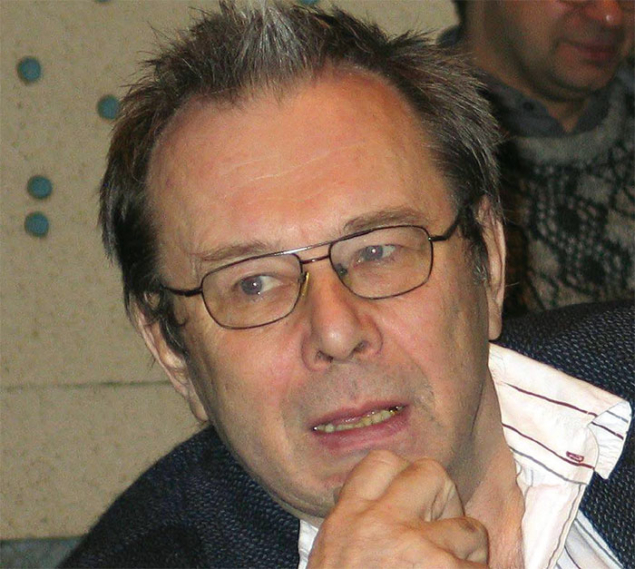On 4 September our friend and colleague Lev Nikolaevich Lipatov of the Russian Academy of Sciences (RAS) passed away unexpectedly while attending a physics meeting in Dubna. Lev grew up in Leningrad (now St. Petersburg) and entered the physics faculty at the Leningrad State University in 1957. In 1963 he joined the group of Vladimir Gribov at the Ioffe Physical-Technical Institute of RAS, defending his dissertation in 1968. He remained in Gribov’s group when it moved to the Leningrad Nuclear Physics Institute in Gatchina in 1970 and obtained a permanent position. He became a professor of physics in 1990 and, since 1997, was the director of the theory division. In 1998 he also became a member of St. Petersburg State University, where he lectured, and in 2011 he was elected as a full member of the RAS.

Lev was a leading figure worldwide in the high-energy behaviour of quantum field theory. Supported by Gribov, he began to analyse the high-energy behaviour of QED processes and became involved in the investigation of the “double logarithms”. His main focus was first on the Regge limit (at the time, Regge theory had just started to become popular for analysing high-energy scattering processes), but the discovery of Bjorken scaling transferred his focus to the kinematic limit of deep inelastic scattering. It was after a seminar given by Gribov when Lev spotted a gap in the theoretical argument – leading to the famous “GL” paper, which later became a theoretical cornerstone of the DGLAP evolution equations. These are now an important pillar in the analysis of high-energy scattering processes at the LHC.
After the rise of non-abelian gauge theories in the early 1970s, it was again the Regge limit that attracted Lev’s interest: together with his collaborators in 1975 he derived an integral equation which, after applying it to QCD, became known as the “BFKL” equation. It took several years before this equation received international attention, but today the BFKL papers are among the publications with the highest numbers of citations in high-energy physics.
Lev’s scientific work extends much further, however. He found a new approach for investigating large orders in perturbation theory, generalized the concept of partonic evolution equations beyond the leading-twist approximation and spent several years computing the NLO corrections to the BFKL equation. He discovered that the BFKL Hamiltonian (after generalizing to many-gluon states) is equivalent to an integrable Heisenberg spin model, thus demonstrating that the concept of integrability plays an important role in high-energy physics, and developed a new formulation in terms of a gauge-invariant “effective action”. In gravity he discovered the reggeization of the graviton and within the conjectured AdS/CFT duality he pointed out the need for correcting the BDS formula using remainder functions, and worked on the duality of the BFKL pomeron with the graviton. Although Lev’s work was purely theoretical, he never neglected experimental data: his last papers studied the application of the QCD BFKL equation to HERA data, thus gaining a deeper understanding of his “favourite child”, the BFKL pomeron.
Lev was well known in the high-energy physics community and was invited to give talks at countless international meetings and conferences. He set up numerous collaborations, paid several visits to CERN and, since the early 1990s, made regular visits to DESY. Lev received many national and international prizes and awards, including the research award of the Alexander von Humboldt Foundation in 1993, the Pomeranchuk Prize in 2001, the Marie Curie Excellence Chair of the European Community, hosted by Hamburg University in 2006–2009, and the European Physical Society High Energy and Particle Physics Prize in 2015. As well as his research in Russia, he set up collaborations in Germany, France, England, Spain, Israel and Chile.
Those who had the privilege to know Lev up close experienced a very friendly person whose interest and understanding in physics was extraordinary. In any situation he was ready and more than happy to discuss physics, and was enthusiastic about new ideas. Behind this, Lev was a loving husband to his wife Elvira and a caring father of his daughters Irina and Katja, and their families. Last but not least, he was very attached to his home city of Leningrad and to his home country of Russia.
Together with his numerous collaborators and friends, we deeply regret that Lev is no longer with us.








